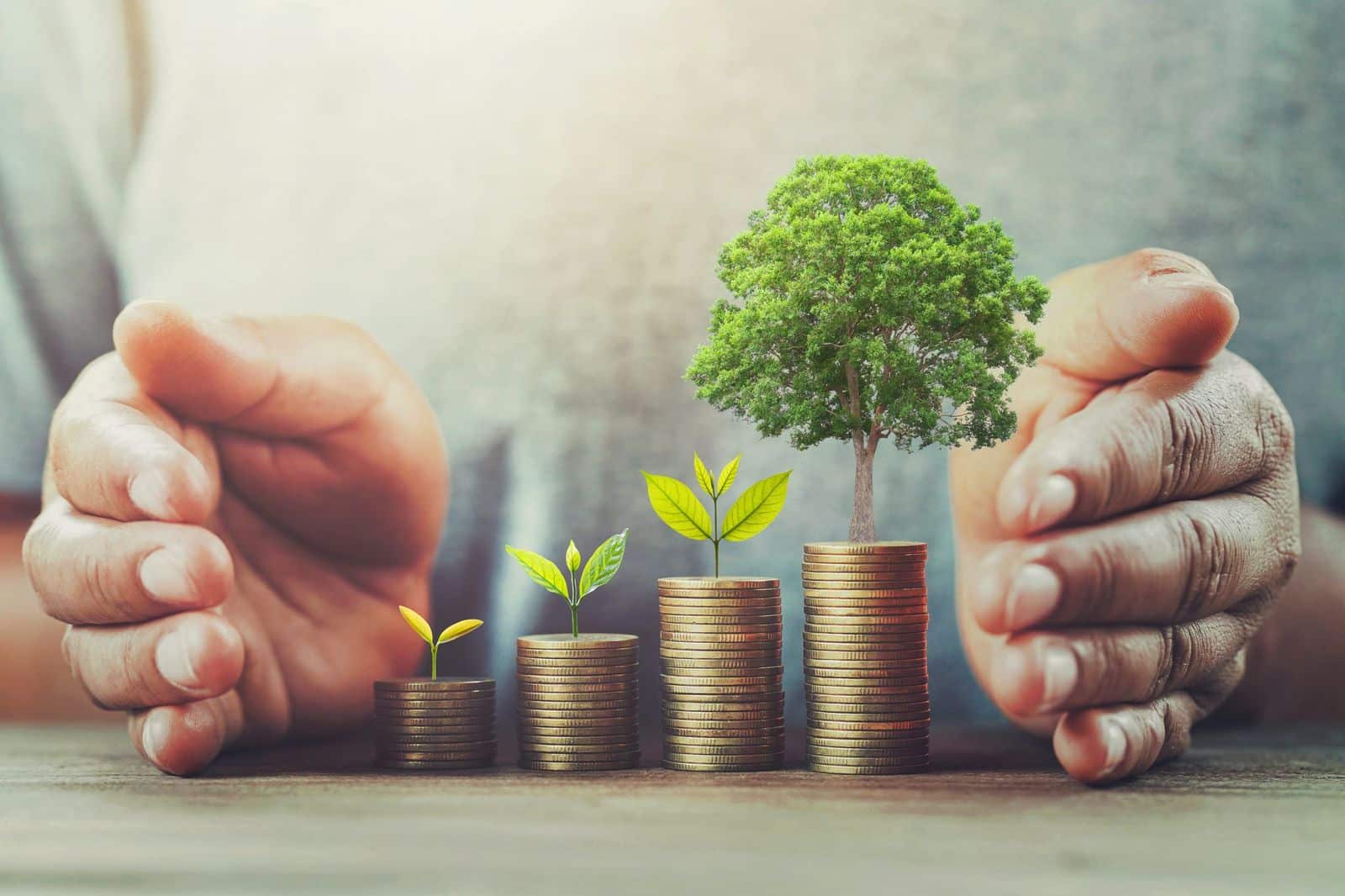The first group of opportunities coming from tree planting derives from the strategies of the agreement for green growth in Colombia, developed by the National Planning Department, where, based on the work of Profor (2017) and UPRA (2019), the strategies were defined long-term for economic growth basedon a framework of sustainable development. In particular, 7 of the 8 topics covered in this agreement are related to the PFCm, where, for example, one of these seeks to promote the sustainable use of commercial plantations. Consequently, the work done by the state is expected to move to a forestry sector with a higher level of depth and development in the future.
The second group of industry opportunities according to UPRA (2019) “… derives from the expected growth in demand for timber forest products inthe Colombian environment and in the international context, which implies greater activity in domestic and export markets of these products. ” It is estimated that by 2030 the demand for first transformation timber products (sawnwood, pulp, and boards) will increase to 9.2 million m3, which will represent approximately double the estimate for 2015. Globally, according to the FAO (2016), the demand for wood is expected to be approximately 1.7 trillion m3 by 2030, which represents 200 million m3 more than the estimate in 2015.
The third group of opportunitiesrelated to tree plantingis related to the rapid development of the carbon market, not only in Colombia, but also internationally. This market is divided into two, the carbon certificate market, in which companies that by law are obliged to reduce their environmental impact participate, and the voluntary market, where companies with sustainable development policies buy the carbon capture service of forest plantations by own decision. In the case of Colombia, with the implementation of Law 1931 of July 27, 2018, polluting companiesare given the option of choosing between paying more taxes or financing projects that capture carbon from the environment, that is, forest plantations. This gives way to the consolidation of a carbon market in the country. Likewise, according to Hamrick, K., & Gallant, M. (2019), “the number of global emissions regulated by the carbon market will increase by almost 70% by 2020, compared to 2019,” which It is relevant, because the carbon markets are not limited to a single country, implying that companies that pollute in Europe can buy carbon certificates from plantations in Colombia.
The fourth group of opportunities coming from tree plantingis focused on the subsidies granted by the state to the establishment of commercial plantations. The first of these is the forest incentive certificate (CIF), which seeks to facilitate the financing of these types of projects by granting a subsidy of between 40 and 50% depending on the species on the costs of tree planting and maintenance of the first 4 years. The second is the Rural Capitalization Incentive (ICR), which consists of an outlay of up to 20% of the total value of the credit requested for the investment, it should be noted that the ICR was not created specifically for the forestry sector, although it is considered in the incentive. However, to date, very few projects have been able to benefit from this type of incentive, given the limited availability of resources by the state.



